Pico Laser
Discover your glow, one pulse at a time, turning imperfections into perfection.
Pico laser treatment is a dermatological procedure used to address pigmentation concerns, acne scars, birthmarks, and tattoo removal. This laser delivers ultra-short pulses of energy to target specific skin concerns while minimising heat buildup. The treatment is designed to break down unwanted pigmentation and stimulate skin renewal. As with any procedure, individual results may vary, and a consultation with a qualified healthcare professional is recommended to determine suitability.

The science behind Pico Laser
Pico laser technology delivers ultra-short picosecond pulses, which are significantly shorter than those of traditional Q-Switched lasers. These rapid pulses allow precise targeting of pigmentation and other skin concerns while minimising heat buildup in surrounding tissues.
The laser energy is absorbed by pigmented or targeted cells, breaking them down into smaller particles that the body gradually processes and removes. This process is designed to address pigmentation, acne scars, and tattoo removal with reduced risk of heat-related side effects.
Pico lasers often feature multiple wavelengths and adjustable settings, allowing treatments to be tailored to different skin types and concerns. Individual responses to the treatment may vary, and a consultation with a qualified healthcare professional is recommended to assess suitability.
What can Pico Laser Treat?
Benefits of Pico Laser
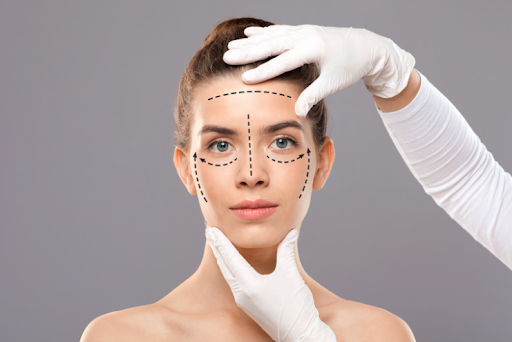
Precision and Effectiveness
Pico Laser technology is designed for targeted action, which allows for precise treatment of specific skin conditions without impacting the surrounding healthy tissue. This precision is particularly beneficial for delicate areas or complex conditions, ensuring that the treatment is both safe and effective. By directly targeting the problem areas, Pico Laser can often achieve noticeable results faster and more effectively than less advanced systems.

Reduced Side Effects
One of the significant advantages of Pico Laser is its ability to deliver powerful results with fewer side effects. The technology minimises the amount of heat delivered to the skin, which in turn reduces the risk of unwanted outcomes such as hyperpigmentation, burns, or scarring. This aspect is crucial for patients with sensitive skin or those concerned about the potential risks associated with laser treatments.
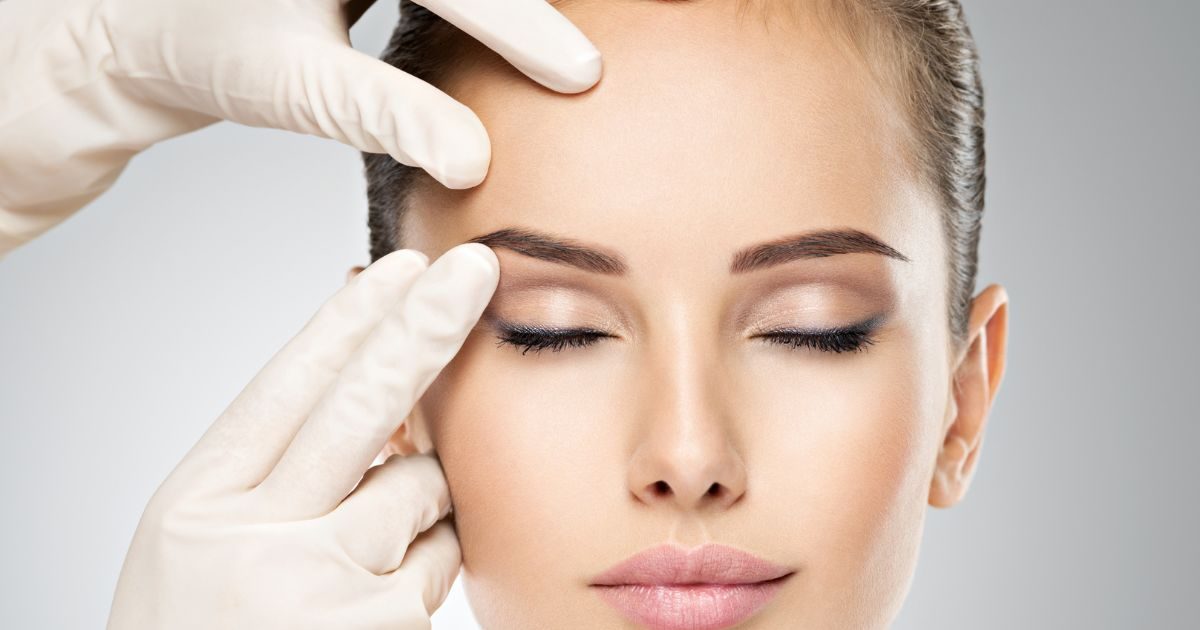
Versatility
The Pico Laser system is adaptable to a range of skin conditions and types, thanks to its ability to operate at varying wavelengths and pulse durations. This versatility allows practitioners to customise treatments based on the unique needs of each patient, whether they are addressing pigmentation, acne scars, or unwanted tattoos. The system's effectiveness across different skin concerns makes it a comprehensive tool for aesthetic and dermatological clinics.

Minimal Downtime
Compared to more invasive procedures, Pico Laser typically requires minimal recovery time, allowing patients to resume their daily activities shortly after treatment. This benefit is particularly appealing for individuals with busy schedules or those who prefer a treatment with little to no interruption to their everyday life. The non-invasive nature of the procedure, coupled with its efficient healing process, makes Pico Laser a suitable option for many.
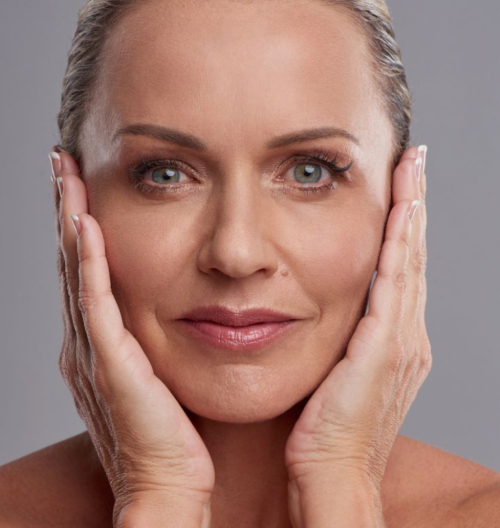
Collagen Stimulation
In addition to its direct benefits on specific skin issues, Pico Laser also promotes collagen production within the skin. This stimulation can lead to long-term improvements in skin texture, elasticity, and firmness. Over time, patients may notice not only a reduction in their initial skin concerns but also an enhancement in their overall skin quality, contributing to a more youthful and revitalised appearance.
The Procedure of Pico Laser
Before Procedure
Before undergoing the laser treatment, a detailed consultation with a dermatologist or a trained laser specialist is essential. This initial assessment helps to determine if Pico Laser is the right choice based on your specific skin concerns and overall health. Patients may be advised to avoid sun exposure, certain skincare products, and medications that could affect the skin's sensitivity or healing ability. Preparing the skin as recommended can enhance the treatment's effectiveness and reduce the risk of complications.
During Procedure
The Pico Laser procedure is known for its precision and efficacy, attributed to its high peak power and variable pulse durations, including settings of 2 nanoseconds and ultra-short 750 or 660 picoseconds. This range allows for the effective fragmentation of ink and pigment while minimising thermal damage to surrounding tissues. During the treatment, patients will experience the laser's impact as a series of quick, warm sensations, often described as similar to the snap of a rubber band against the skin.
The system's versatility is further enhanced by its multi-wavelength capability, with integrated wavelengths of 532 nm, 1064 nm, and 670 nm. This spectrum allows for the targeted treatment of varied pigments and tattoo inks, including difficult-to-remove colours and deep-set pigmentation. The procedure's duration varies but typically lasts from 15 to 30 minutes, depending on the size and complexity of the area being treated.

After Procedure
Immediately after the Pico Laser session, patients can generally return to their daily activities. However, it is crucial to avoid sun exposure for at least a week to prevent hyperpigmentation. The treated area may undergo a temporary change in coloration, such as greying, browning, or darkening, which is a normal part of the process and will fade over time.
Post-treatment care involves applying sunscreen and possibly other skin-soothing treatments as recommended by your specialist. While most patients find the laser sessions to be relatively comfortable, experiences can vary based on individual pain tolerance and the treatment's location.
Price and Number of Treatments Needed
In Singapore, the cost of Pico Laser treatments varies, typically ranging from $300 to $800 per session. Some clinics might offer rates between $200to $450, depending on various factors like the clinic’s location, the area being treated, and the specific condition’s complexity.
The total number of sessions required varies based on the individual’s skin condition and the issue being addressed. Factors influencing this include the type and depth of pigmentation, the size and colour of tattoos, and the individual’s skin response to the treatment. On average, patients might need between 4 to 6 sessions for optimal results, though this can vary widely based on individual circumstances.

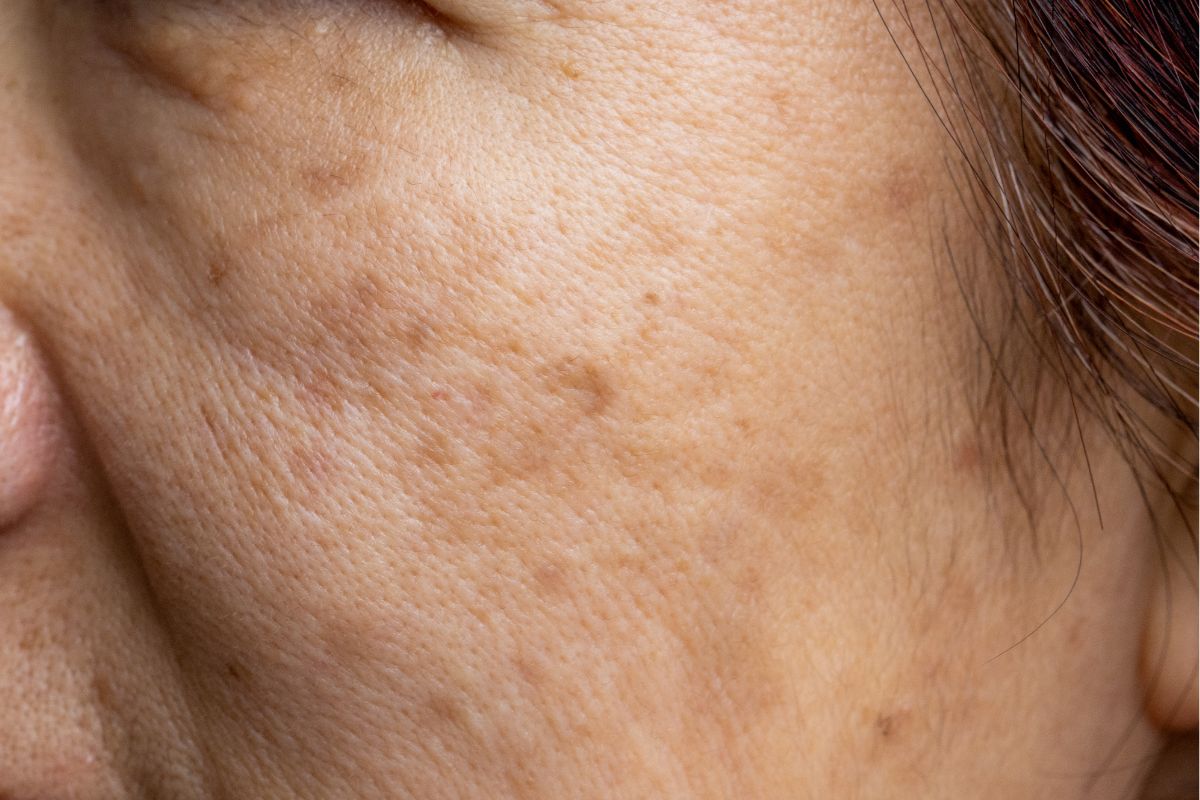
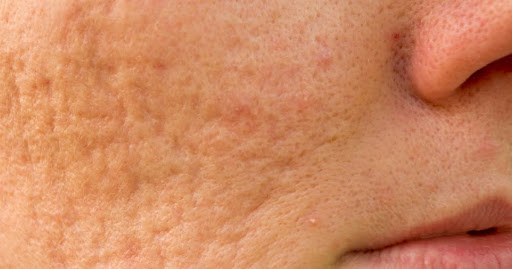
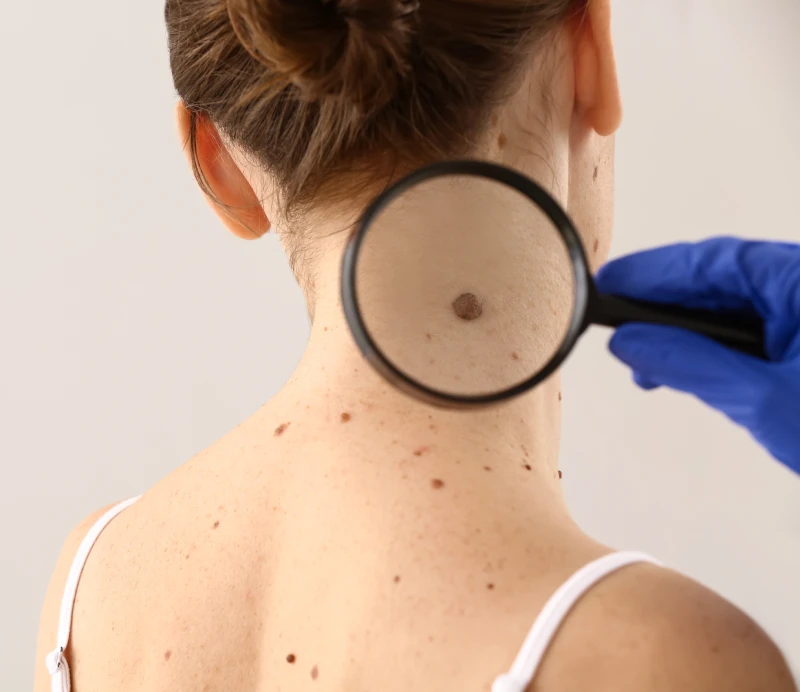
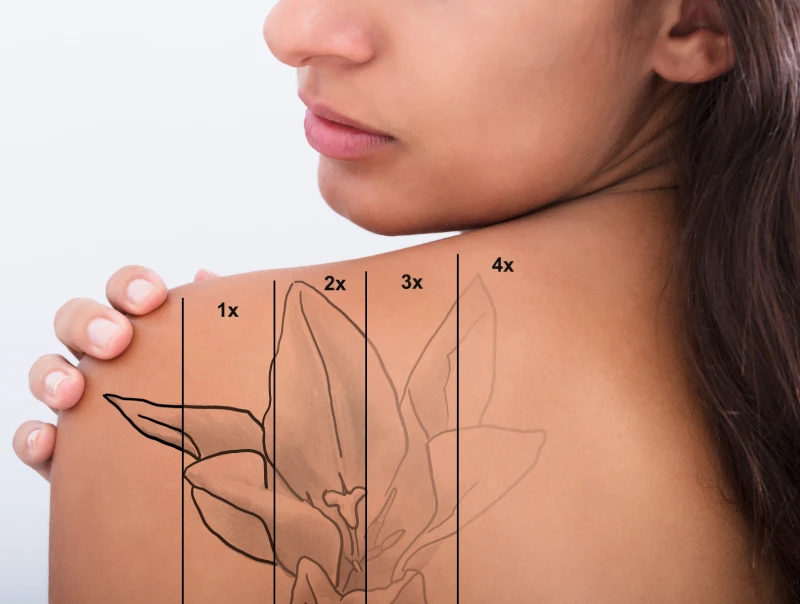



 +65 6732 9989
+65 6732 9989 +65 9152 3582
+65 9152 3582